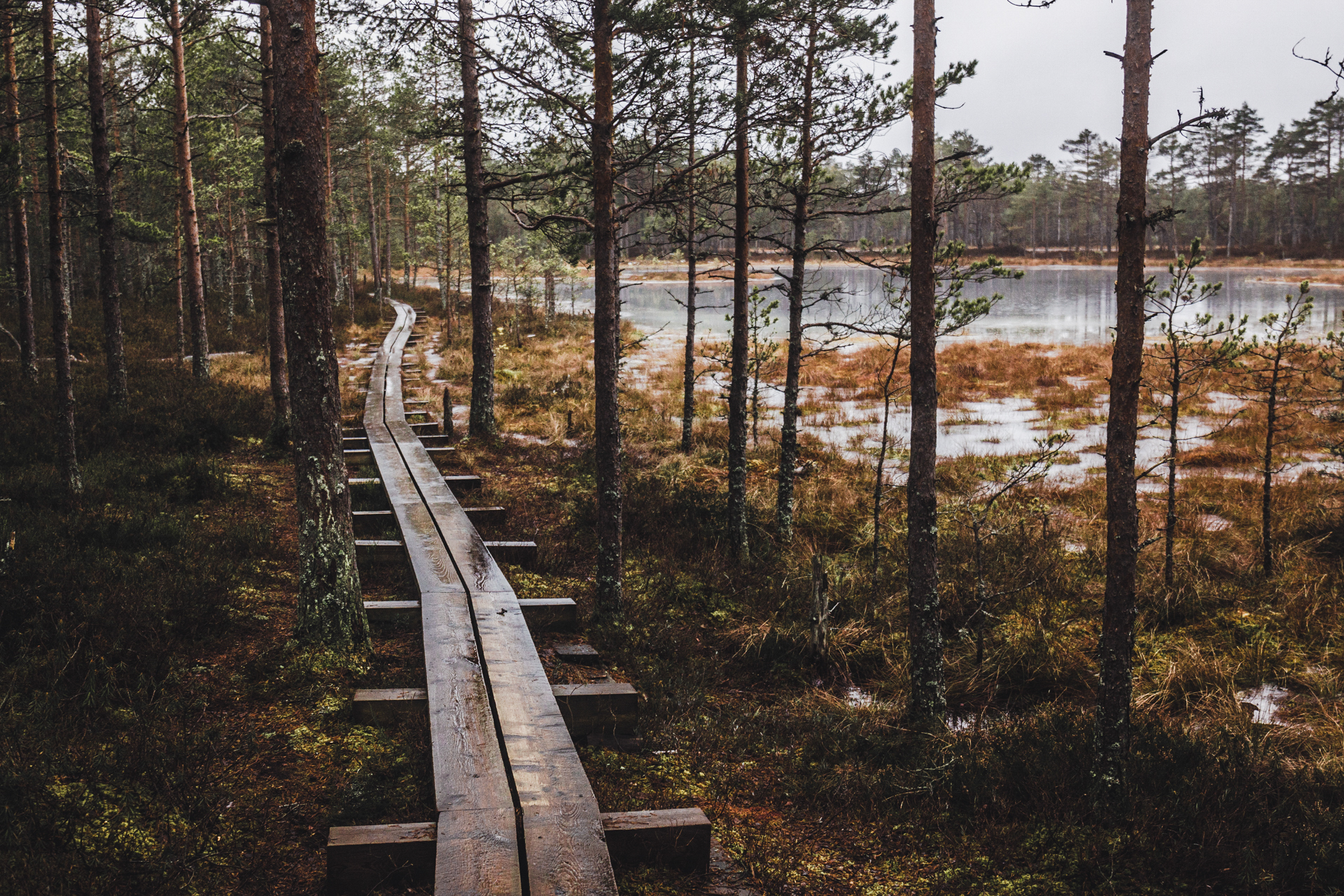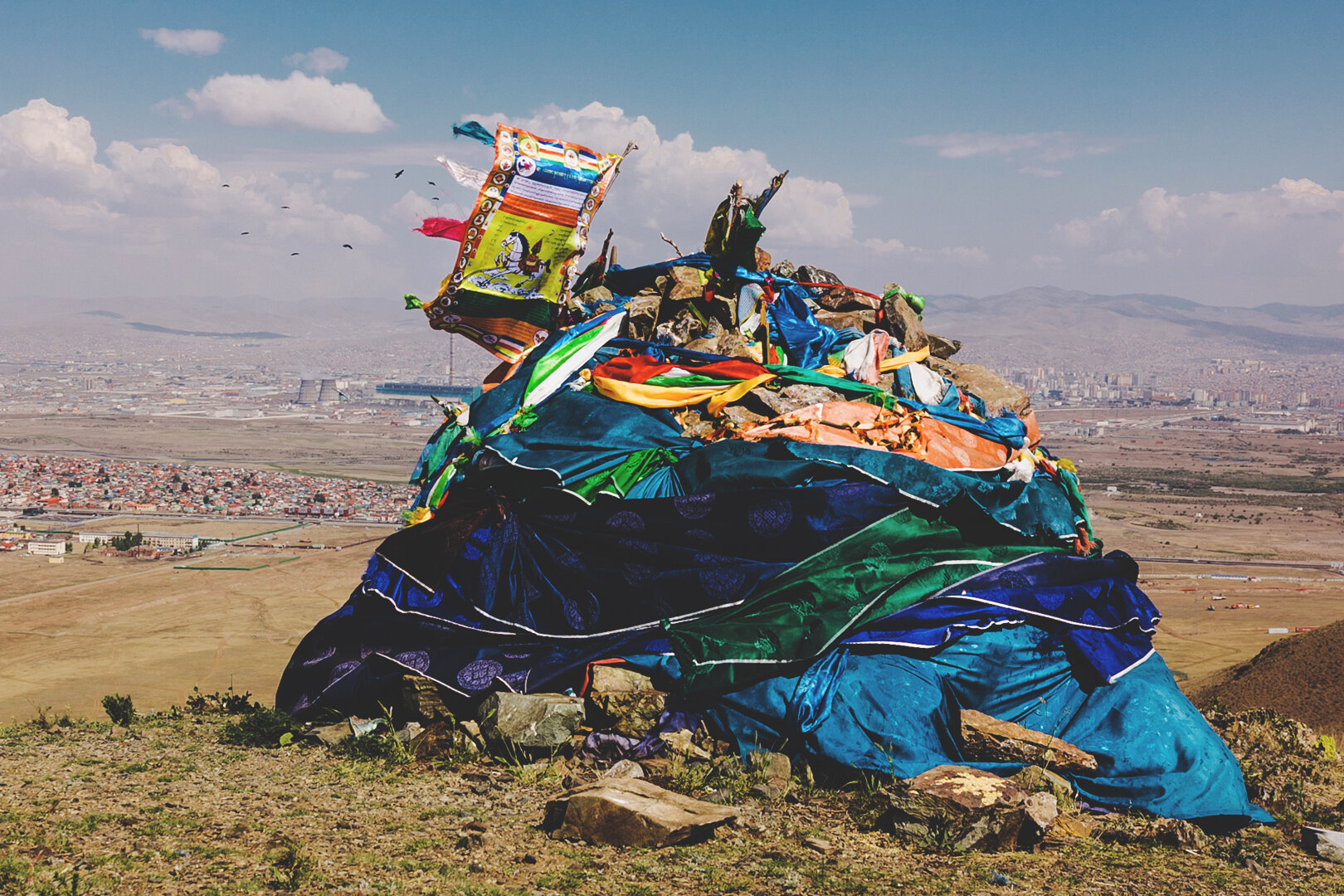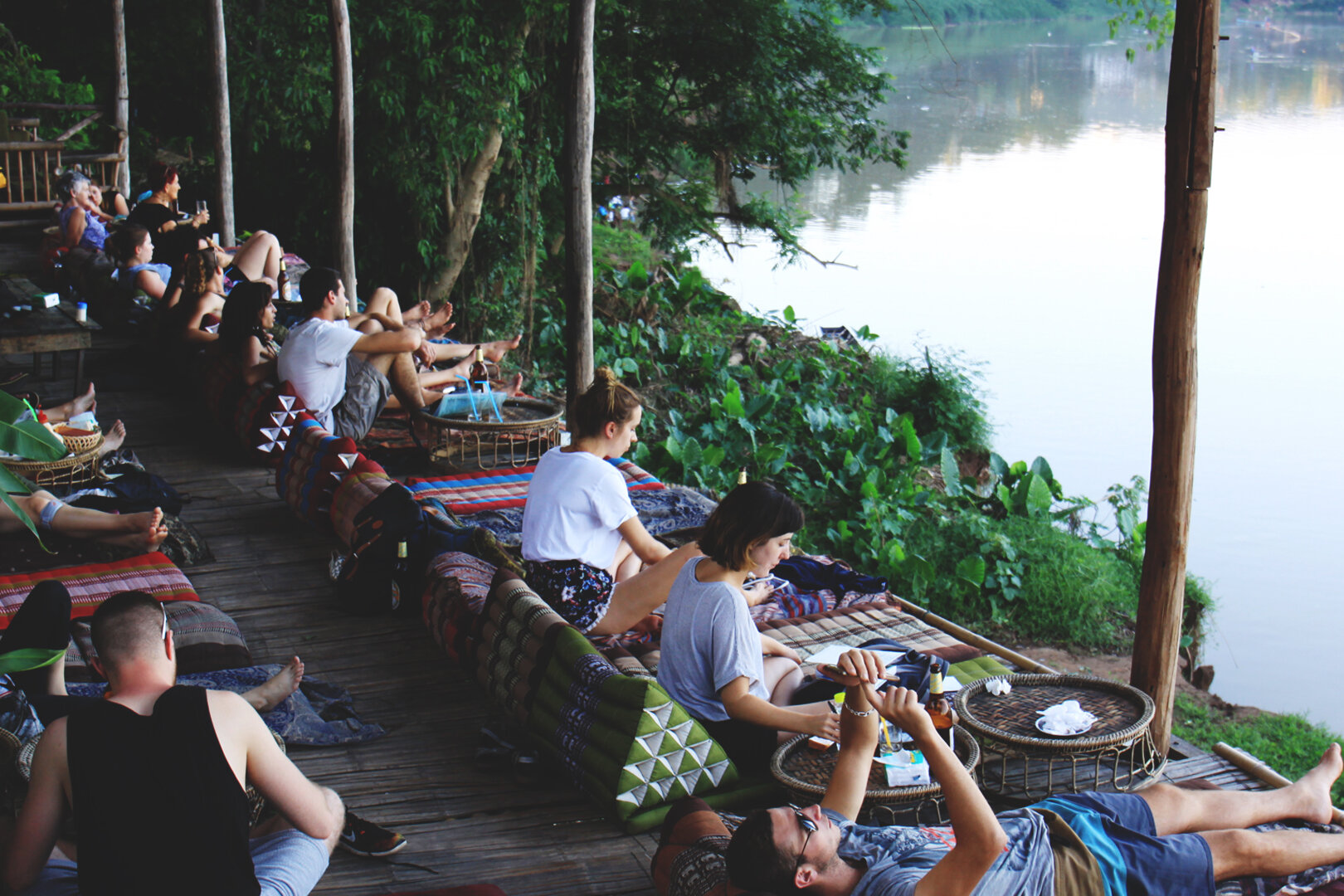Visiting Faroe Islands has been on my bucket list for a few years now. Ever since I travelled to Scandinavia for the first time and found out how many different shades of green exist in the universe. First, I fell in love with Norway, than went further north and spent three intense days in Spitsbergen. Now it was time for the Land of the sheep. Faroe Islands are more beautiful than you could ever imagine (even after seeing thousands of photos on Instagram). It’s a place where everyone knows each other and they’ve not yet discovered theft. It’s a country where everyone is a musician after they’re done with their day job, where sometimes you might have to look for an alternative route because there’s a giant ram standing in the middle of the road, and he has never lost a staring contest before. Long story short, it’s the best place I’ve ever been to.
In this blog post I’ll tell you how I organized my trip to Faroe Islands and what I did to make it as budget friendly as possible. I’ll share with you our best tips for saving money in such an expensive country and tell you what we did wrong, but you can do better. I’ll give you details of the cheapest car rental (at least the cheapest one we managed to find) and a great Airbnb that looks better than in pictures and the hosts won’t mind giving you some flour when you’re in need (even though it’s the most expensive product in the country). I’ll tell you what I packed for this a trip and share some good sources of information that will be useful when planning a route. Details about where we have actually been and what we saw will succesfully appear on the blog in separate posts. You can expect a faroese adventure series. And not one that suddenly breaks off like Miętas story about Camino 😉


My 30th birthday with the sheep
Let me start by saying that this trip was special for me not only because I’ve wanted to visit Faroe Islands for years, but also because I planned it in such a way that I can spend my 30th birthday while I’m there. The plan was to wipe my thirty year old tears with sheep’s fur. It was not fulfilled however. I had so much fun that I forgot I was supposed to be depressed about growing old. Plus the sheep there run wild and don’t let anyone touch themselves. The main reason why this trip was so good was because of the crew. We went in a group of five, all girls: Doris, Maria, Pinks and Aga. After all, the best girly trips are the ones where you sweat your as off while hiking a mountain and break your nails on rocks when you try to be quick on a semi-legal route to the waterfall.

Since we’ve all been sailing for years and are used to shitty canned food and instant ramen we decided it’s best to pack some food from Poland instead of fancy clothes. That’s what helped us save a loooot of money. In Faroe Islands food is expensive. Any food. Since nothing really grows there except for potatoes and rhubarb. We saved some money on the luggage as well. Since our trip was planned mostly around hiking we decided that we don’t need to look good. Instead we packed just two sets of trekking clothes and some washing detergent. Because we didn’t have that much stuff we only needed 3 (instead of 5) registered bags (which cost extra).


Ok, let’s get to the important stuff. We spent 8 days in Faroe Islands (7 nights but we had a full day after we checked out from our Airbnb). We were there in peak tourist season (late July – early August). We visited 8 out of 18 islands that the archipelago consists of. We drove over 800 kilometers in our rented car and walked god knows how many more (we didn’t really track that. I didn’t always have my phone on me and it did die a few times after I used it to flight a drone, so the amount of kilometers it has counted on our hikes was 56). I’m not going to write about drone regulations here (I don’t want to be responsible for someone not checking it properly themselves and doing something wrong), so I’d just advise you to do the research for youself. All the basic info can be found HERE. For the first time ever I managed to do almost everything I wanted to do during a trip. But I’ll definitely be coming back for some music event, preferably concert in a grotto, for a feast in a Michelin awarded KOKS restaurant and for a stroll in the National Museum of Art (we visited the capital on sunday so it was closed).

How to organize a trip to Faroe Islands?
First of all do it ahead of time. Book your flight, your stay, your tourist attractions in advance if possible. Acting fast is the one thing that we failed at and it cost as a lot of money. Travelling in a bigger group has its perks (splitting the cost of accomodation, shopping, car rental, gas, etc.) but it also has some major disadvantages. The biggest one being having to wait for every one to make a decision, to check their schedules for wedding and other ‘unskippable’ events, to submit vacation requests at work, to check whether they can actually afford it.
Cheap flights to Faroe Islands
That was the thing we spent the most on. But those were the costs that could easily be avoided (see point above). When I first started looking for cheap flights, the ones form Copenhagen to Vagar cost as little as 125 € there and back. When we finally decided on a date and got around to actually booking the flights the cheapest seat cost 152 €, but I was the only one who managed to get it at this price. The rest of the gang paid between 170 and 205 €. And it still didn’t teach us anything. We waited with booking the flights from Warsaw to Copanhagen for so long that we ended up paying for them more than for the ones to Faroe Islands. Embarrassing? Well, yes. Hopefully next time everyone will just book flights before even starting to think about things that may get in a way of holiday.


Best accommodation in Faroe Islands
Ok with this we actually did good! When we started looking there wasn’t much choice since everything was mostly booked for the season, but somehow we managed to book an amazing Airbnb in the city of Klaksvik. I highly recommend this place, but be aware: staying up north means you’ll have to spend more money on underwater tunnels fee. Anyway, we were really happy with the house we found. The hosts were lovely and helpful. We had plenty of space (6 beds and a big but cozy room with a sofa where we spent most our evenings), amazing view on the harbour, a washer and dryer and all of the kitchen utensils that you could ever dream of. We had a spot where we could park our car for free (whch was really important for us) and we lived right next to a supermarket. And we only paid 27 € per night per person.
That’s a really good offer since the ‘alternative’ doesn’t really exist. There arent many hostels (and the ones that do exist charge aroun 20-25 € per night per person for a dormitory). Camping is an option, but you can only set up your tent in the designated place which costs quite a bit as well.



We quickly realised that we weren’t the only residents of the house. A king of huldufólk people, called Marjun (we later found out it’s a female name, so just ignore this fact), lived with us. Although Pinks and Maria are afraid of Marjuna’s alluring lips to this day, he quickly became the sixth member of our crew. He ‘drank beer’ with us, ‘played board games’ and went on trips. k, the last one is true. If you ever stay at “our” house, be sure to take Marjun the dwarf with you on your hking adventures, and then share your photos! Marjun has a soul of a troll and will eat your sweets when you’re not looking, but it’s worth having him on your side;)

Renting a car in Faroe Islands
I won’t write about everything related to renting a car in Faroe Islands in detail. I hope that Doris, who was our driver, will create a separate post all about road conditions, car costs, traffic law, etc. All you need to know for now is that we got our Ford Focus at Unicar.fo rental. They had the best prices we could find. The car was big enought for as and all of our stuff. We paid 800 € for 8 days with the highest insurance option possible. 2 underwater tunnel fees were included in the price as well and we got 20% off for additional ones. We had to pay the deposit of 275 € as well, but we got it back straight after we got back t Poland (excluding any additional tunnel fees). We used PayPal to pay for the car in advance. Once we wrrived to the airport the car was already waiting for us, open, with the keys and all the documents in the glove box.


Is it possible to travel around Faroe slands withut a car? I guess so, but we decided that we don’t have enought time to try. There are some buses going to most of the cities, you can use a ferry without a car as well. I’ve read that the Faroese don’t mind taking hitchhikers, often driving them wherever they need to go even if they don’t go there themselves, but I’m guessing it would still make it difficult to go everywhere you want.


Planning in advance
Once you figure out what it is you want to do in Faroe Islands, book everything right away! In our case the procrastination almost ended in tragedy! (don’t mind my ‘slight exaggeration’, I’m just building tension here). We were close to not going to Mykines, an island dominated by puffins, which is an absolute must-see! It turned out that if you want to book a trip to Mykines the week before, there are most likely no ferries available anymore. Do you remember when I said that the Faroese season is very short, so tourist attractions are occupied in July and August? Exactly. When planning my own trip somehow I “forgot” about tiny minor detail. And it almost ended in tears.

What to do if there are no more spots available on the ferry to Mykines? There is also a possibility of booking a helicopter flight, which, interestingly, is not much more expensive than a ferry. This, in turn, can be purchased at the earliest seven days before the planned trip (to give the locals a chance to get out of their own island). What’s most important however is that it is not possible to buy a return ticket for the same day. So most tourists decide to travel by helicopter one way, and by ferry (which has no places, remember?) the other. An alternative is to spend the night on Mykines, which is possible, but super expensive.

So how come we have pictures of Puffins? Well we were lucky and got to go to Mykines in the end. Fortunately, due to high demand (and the local wedding happening on Mykines the day we went there), it was decided to add additional ferry courses that day (and some other highly requested days in August). Additional ferries ran in the afternoon (there was less time for hiking on site) and only left if all seats were booked. More info about ferries and hiking permits (yes, in this one place you need to have a “puffin visa”) can be found in the post entirely dedicated to Mykines (which as of yet has not been written, but will come to life one day).
What to pack on a trip to Faroe Islands?
My first advice is to bring some food with you if you’re on a budget. I know it seems stingy, but that really is how you can save the most! We packed quite a lot of bread with a long expiration date. We used it to make sandwiches for the hike. Of course it didn’t last us a whole trip and we still had to buy some, but just be aware that bread is extremely expensive in Faroe Islands. The cheapest option we found were tiny buns from Bonus (the cheapest supermarket in the country) that you need to put in the oven for a few minutes. We also bought some vegetables and bananas in Bonus. One hing that you will not find in the supermarkets hovewer is alcohol. Alcoholic beverages can only be purchased at special shops called Rusan. We bought our beer at a shop that’s inside Føroya Bjór brewery in Klaksvik.
What else did we bring from Poland? Some oataand a lot of nuts and dried fruit, pasta and tomatoes in a carton, a small bag of semolina flour, from which we made a home-made pizza (that’s the way to live your life!) and some canned foods: chickpeas, tuna, beans. Vegan pastes for spreads also work pretty good since some do not require refrigeration. Any space that was left in the luggage was stuffed with chocolate, energy bars and fruit pouches that work best as a quick snack during hiking.

What you want need a lot of however is cash. The Faroese have their own currency (Faroese króna) but it works exactly the same way Danish króna does. You can withdraw both of them from ATMs at the airport and in the bigger cities. In most places you won’t need cash at all since you can pay by card almost everywhere. The only situation when you will need cash is when you’re sightseeing. You’ll need cash to pay for the ferry to Mykines or for the entrance to the Sørvágsvatn Lake, as well as for selected hiking routes that run through someone’s private area. In many places, payments are made on a ‘pay what you want’ basis, the suggested amount should then be thrown in the box next to the entrance gate (which you need to close behind you so that the sheep don’t escape). It’s best to check how much money you’ll need before going on a particular hike. Most were free, but the ones that weren’t cost quite a lot (for example, entering a lake costs DKK 200 per person which is around 27 €).
What about clothes? Here I have some conflicting information to give you. Without a doubt the most important things are non-slip and waterproof trekking shoes (you will spend most of your time climbing uphill on damp slippery grass, but you might also need to jump over streams). In addition, a scarf and a warmhat will be needed to defend yourself against the merciless wind on the cliffs. And be sure to pack a good waterproof jacket. Apparently, it is said that if you are extremely lucky then during one week of holidays in the Faroe Islands you will get one perfectly sunny day. And here comes my conflicting information: when we arrived it turned out there’s the summer of the century. In fact, it only rained one day (and again once in the evening) and there was hardly any wind. The thermometer did show from 13 to 16 degrees Celcius (that’s the average temperature in the summer), but in the sun it felt more like 20. Locals went crazy, children bathed in streams (water couldn’t have more than 3 degrees Celcius) on inflatable flamingos, and we were sweating like crazy. This situation does not happen often, but just in case I recommend you layer when planning your outfit. Especially since the weather can change dramatically in five minutes (see photos below taken 40 minutes apart). Oh, and don’t take umbrellas. That’s the easiest way to spot a tourist. The locals know that there’s not much point even owning an umbrella since the rain more frequently than not moves horizontal, rather than vertical.


Those of you who, like me, travel the world to take photos, be sure to pack the widest lens you own. The cliffs in Faroe Islands are massive and I did regret once or twice that I don’t have a tiny bit wider lens. I mostly used 24-70 mm F/3.5, occasionally switched to 35 mm F/1.2 when I needed some more light. I also packed an old Zenit 200 mm F/4 lens. I only used it once, on Mykines, but was really glad I had it. I would not be able to look the Puffins straight in their cute little eyes.


So, is it possible to visit Faroe Islands on a budget?
I won’t give you a clear answer. Depends what ‘on a budget’ means for you. Vacationing in Faroe Islands is bound to be more expensive than All Inclusive in Spain, but I guess, since you’re reading this blog post, you don’t care about All Inclusive that much. I think it is possible to go to Faroe Islands on a budget. I certainly spent less than I expected. Just don’t make the same mistakes we did and book everything in advance. And I mean REALLY IN ADVANCE. Not a month prior to boarding a plane. Of course you’ll have to make some tiny sacrifices. But as long as you can take a break from eating bread and eat oats brought from home instead, as long as you are willing to cook pasta with canned tomato instead of going to a restaurant and you don’t need alcohol to feel happy, you’ll be fine.
To finish off I’ll leave you with my cost calculations (per person). This is how much my entire trip cost:
Flights: 152 € (Copenhagen-Vagar) + 187 € (Warsaw-Copenhagen) ~ 340 €
Registered luggage: 7 €
Accomodation: 27 € per night = 189 € for a week
Car rental: 23 € per day = 161 € for a week (including insurance)
Costs of the car: 14 € (tunnels) + 8 € (ferry) + 23 € (gas) = 45 €
Food bought in Poland: 20 €
Food bought in Faroe Islands: 20 €
Tourist fees:
- MYKINES: 14 € (hiking permit) + 23 € (ferry)
- SORVAGSVATN LAKE: 27 €
- SAKSUN: 17 € (I’ve not been there because I was sick that day so I didn’t pay this one)
- GJOGV: 7 €
Restaurants and cafes: 50 € (1 lunch + 4 coffees, I did not pay for the most expensive dinner however, since I was invited by my friends as a birthday gift)
Beer bought at the local brewery: 9 € (I didn’t really drink since I was sick)
……………………………………………………………………………………………………………………………………………………….
Which means I spent a total of around 930 € during my week long trip to Faroe Islands. I don’t include costs of a two day long transfer in Copenhagen since we didn’t really have to spend that much time there. I think of it as a separate adventure. I dont include the cost of souvenirs and vinyls I bought in Torshavn either, because that’s just something extra that you don’t have to spend. But I have to admit, less than 1000 € for 8 days (7 nights, but we had a full day after we left our Airbnb) in Faroe Islands is way less than I expected.
Balmas
Freelancer, also known as an unemployed. Etnographer and photographer. She spends most of her free time in Photoshop or Lightroom. The sole purpose of her life is to travel around the world (on top of her must-see list are thecountries where she can stuff her face with tacos). She values people who understand irony. Enjoys minigolf as well. When she grows up she'll run her own hostel and a restaurant. She decided to start writing a blog only because she wants someone to send her a Boosted Board ;)
Podobne posty
12 December 2018
Winter adventure – guide to Estonia
17 March 2018
How to organize a trip to Mongolia?
30 October 2017







